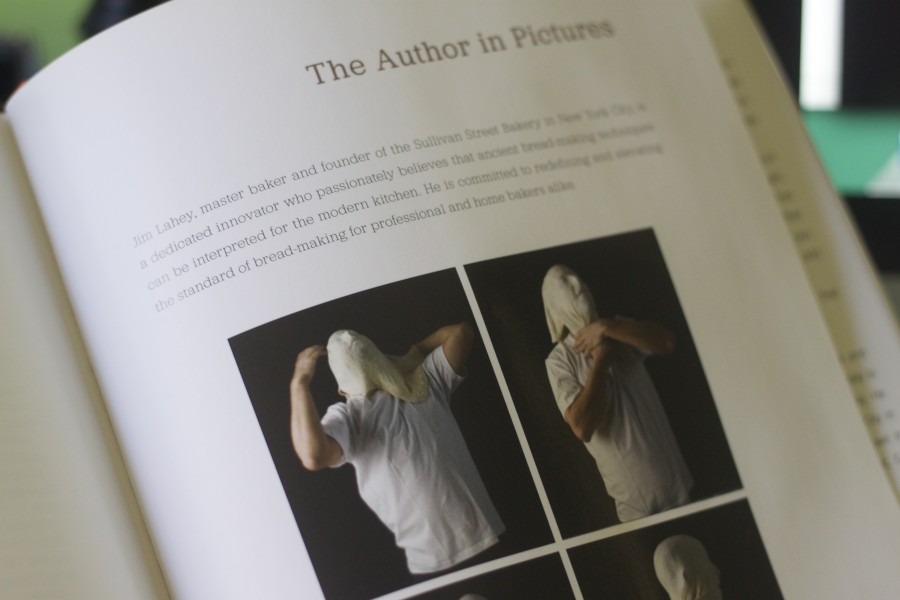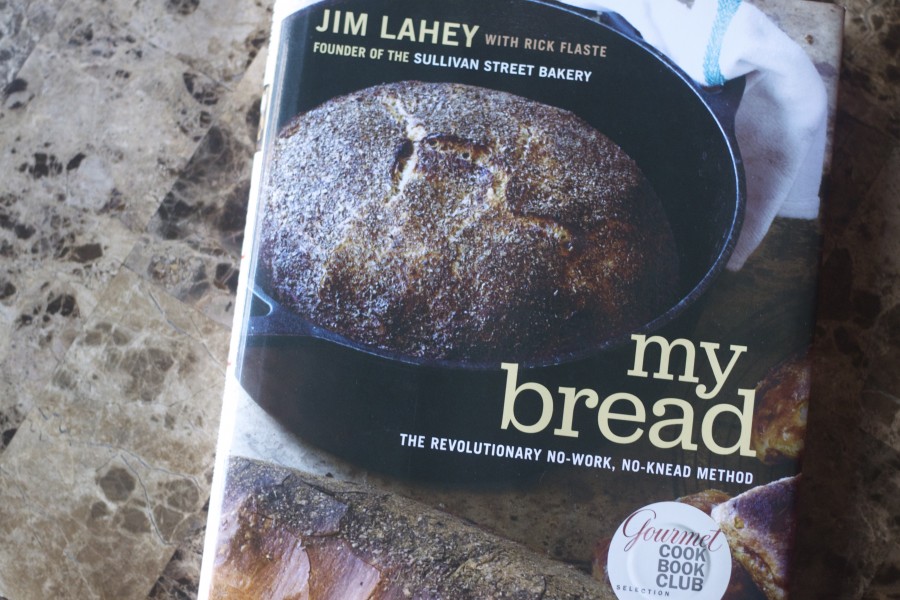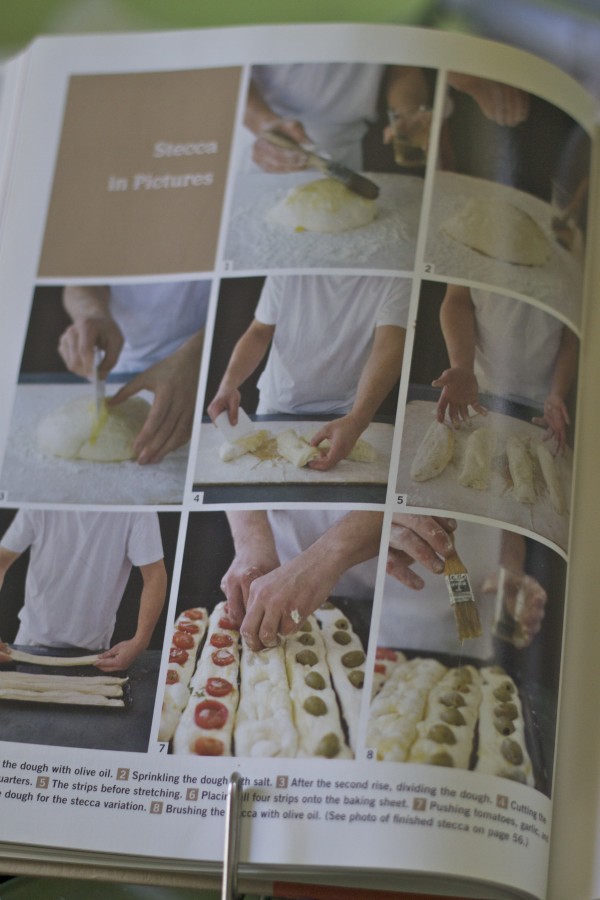loading...
Some cookbooks are preceded by their reputations. I had been hearing for about a year that I needed to buy Jim Lahey’s My Bread: The Revolutionary No-Work, No-Knead Method if I was ever going to take bread baking seriously. Fellow foodies raved about the accessibility of the recipes and ease at which they could be made. In the world of bread making, “accessibility” and “ease” are two typically unfamiliar words. Bread making is frequently known for constant kneading, long hours of waiting, and many disappointments when hard, chewy loaves just don’t yield their revolutionary promise.
And yet, Lahey’s method is different. Recipes require almost no-kneading whatsoever, simple preparation the night before loaves are meant to be baked, and a single cast-iron dutch oven. Any cook new (or old) to bread making can find the time and raw ingredients in their kitchen to participate in Lahey’s no-work, no-knead method. And, it’s true. Anyone can do these recipes.
Image: “Stecca”: Stick or Small Baguette in pictures, page 76 (photography by Squire Fox)
Bread Baking as Artistry: Although I want to comment on Lahey’s overall approach to bread-baking and how shockingly easy it is, I also want to point out that my foodie friends forgot to tell me about the artistry of this book. Artistry exists in this text both for the act of creating a perfect loaf of bread and artistry for the author–Jim Lahey–as a culinary maestro.
The Baker as Culinary Poet: Allow me to clarify. The first thing that struck me about Lahey’s approach was the way he writes about bread. There is an indisputable art to writing about food and so many times, it’s done wrong. People get caught up in cliché sayings that attempt to recreate the feeling of a day or dish, but in trivial ways (i.e., nothing is worse than “the air was heavy with…blah, blah, blah.” Shoot me with a ball of butter if I ever use this phrase!).

Image: “The Author in Pictures,” page 223 (photography by Squire Fox)
The Baker & His First Loaves: But Lahey doesn’t fall into this trap. Instead, his writing reads so authentically that I cannot help but feel as if we are accessing some private world of secrets and past memories. For instance, Lahey notes the first time he made bread was–“to impress a girl” (20)–and how the bread impressed him instead: “it [breadmaking] suited me wonderfully, partly for psychological reasons. My mind is always in a bit of hyperactive turmoil, and the emotional escape bread baking brings, with its required focus and intensity, can push everything else away. While I was baking, I felt none of the inadequacy and uncertainty that otherwise accompanied me in college” (20). Bread baking, frequently known as that frustrating, knead-intesive process, now becomes through the eyes of Jim Lahey, a therapeutic act where the cook has meaning as a chef, author, and man.
Lahey further notes that he loved “getting messy, flour flying, dough sticking to my hands and clothes” (20). The relationship between baker and bread dough is a explained as a primal one, filled with “tactile joys” and appetite satisfaction. Lahey makes bread, but he also appears to remake himself through the experience. I love this honesty and unique spin on bread making.
The Technique: Plus, the technique is relatively simple: make a simple dough the night before, allow it to rise for around 10-12 hours, punch down, allow for a second rise around two hours, roll out and bake. See my previous post on “No-Knead Baguettes” for an example of this simple, satisfying technique.
Worth Reading from Cover to Cover: Garrett McCord (of Vanilla Garlic) notes that a good cookbook should keep you up at night. Good cookbooks should be read from cover-to-cover, savored, and enjoyed. I honestly believe that any foodie interested–if only relatively–in bread making were to purchase this book for the simple $19.77 over at Amazon, they would stay up the first night reading not just the recipes, but Lahey’s relationship to them. So yes, Lahey is great and one of the best parts of the book. Plus, the recipes from Lahey’s Sullivan Street Bakery menu are an added bonus–“Marinated Eggplant,” Pizzas, and Sandwiches all make My Bread an exceptional bread making cook book.
My Bread: The Revolutionary No-Work, No-Knead Method by Jim Lahey,


2 Comments
Homemade Is Best #1 – Pizza!
February 4, 2011 at 12:50 am[…] olive oils Pesto pizza & herb crust Smitten Kitchen sauce recipe Tallegio pizza The pizookie My Bread by Jim Lahey Clearly Delicious Amazon Store Standard Podcast [56:29m]: Play Now | Play in Popup | […]
Clearly Delicious » Ciabatta (Slipper Loaf) Bread
February 18, 2011 at 1:13 pm[…] This recipe comes from my favorite baker, Jim Lahey. You can find this recipe on page 81 of his book My Bread. […]